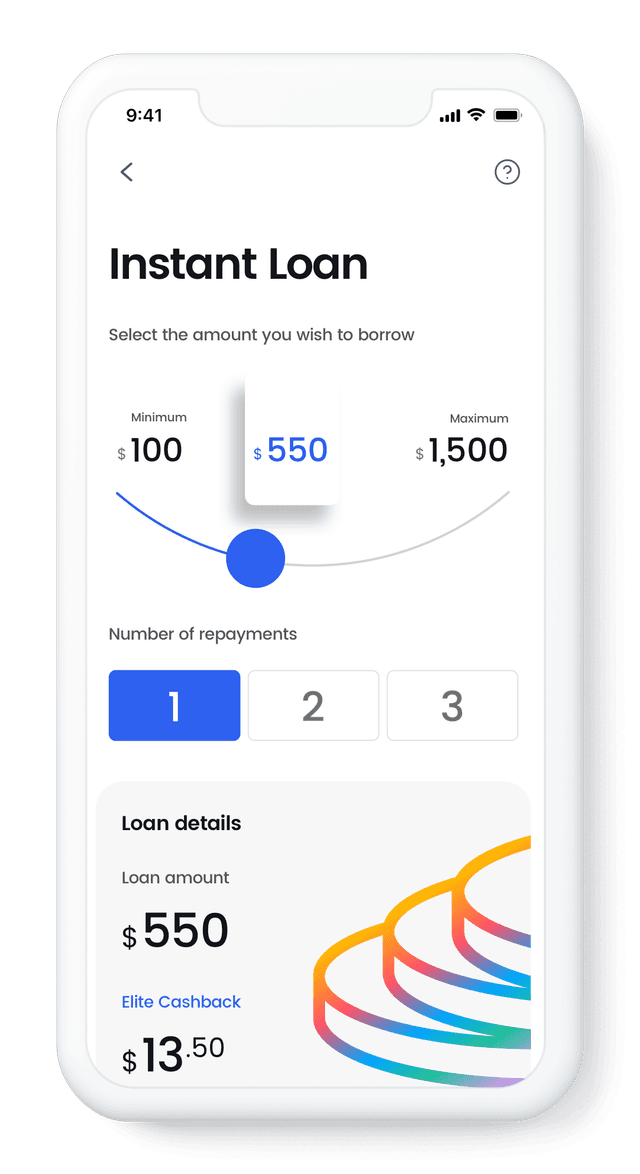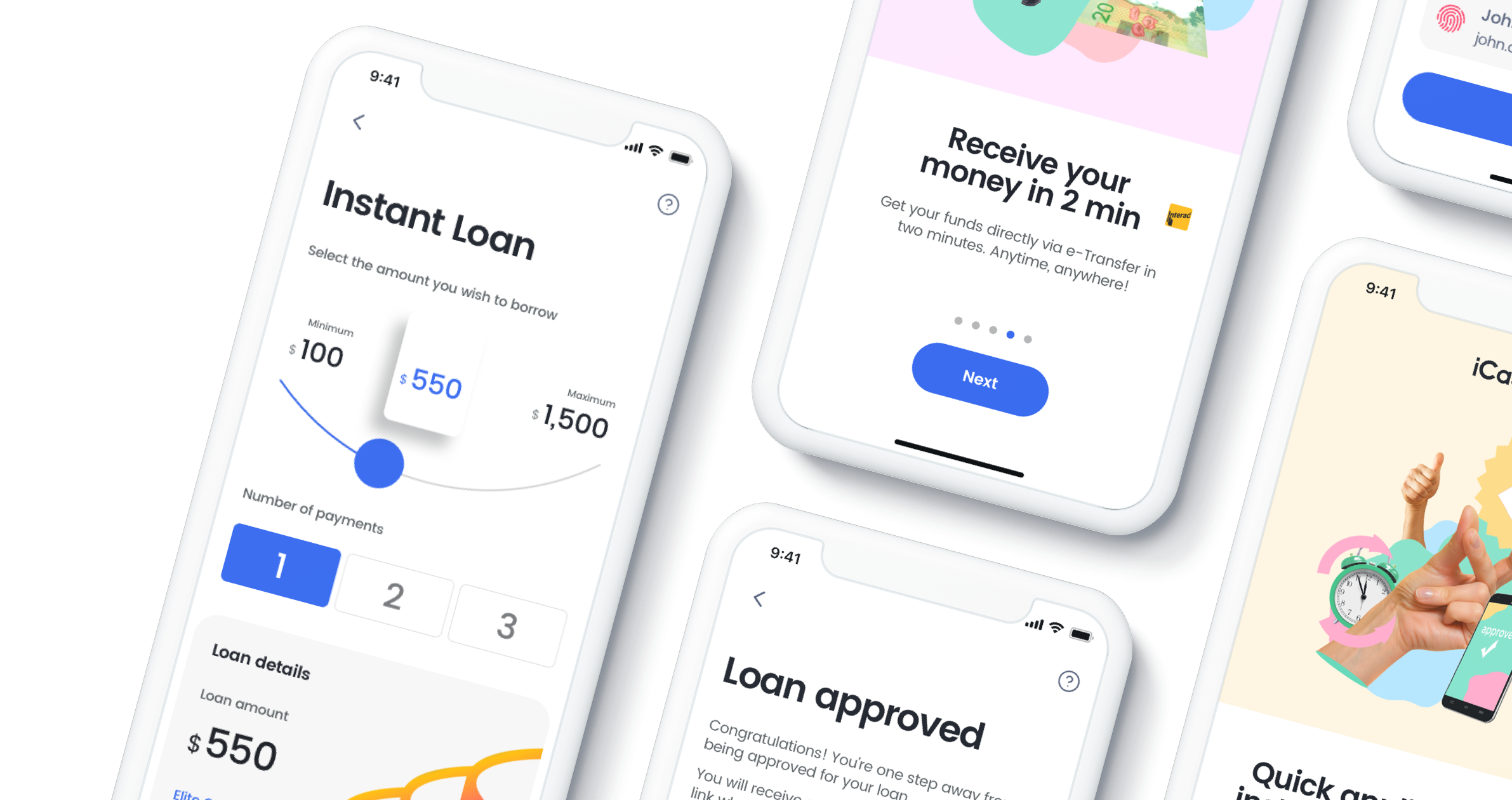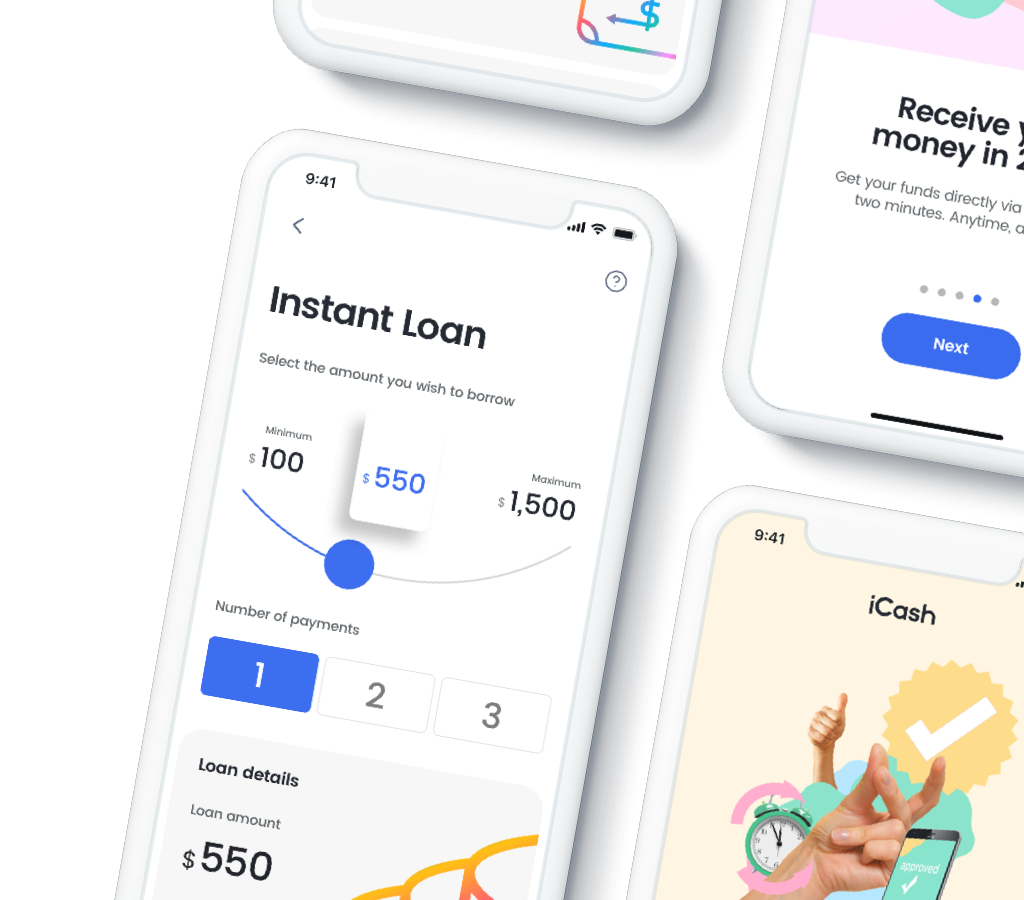For many of us, making digital payments has become second nature. We don’t think twice before paying for something online, and it’s hard to beat the ease of sending money or shopping online with just a few taps. However, this convenience comes with digital payment security risks that everyone should be aware of.
If you regularly use digital payment systems like e-transfers, mobile wallets, or online banking, you must also be aware of the potential perils (such as fraud, hacking, and data breaches) and how to avoid them.
Today, we’ll cover the most common risks in digital transactions along with best practices to keep your money and personal information safe.
Why Digital Payment Security Matters
According to Payments Canada, digital payments accounted for 86% of total payment volume and 75% of total payment value in 2024.
Unfortunately, cybercriminals have taken notice of their skyrocketing popularity.
Globally, fraud and scams resulted in an estimated $485 billion in losses in 2023, stressing the significant amount at stake.
Many Canadians are already under financial stress as it is, and adding the stress of falling victim to a digital payment scam can be devastating.
Digital payments offer tremendous convenience and speed, but they also introduce unique security challenges. Unlike handing your card to a cashier in person, online transactions happen without face-to-face interaction, making it harder to verify who is on the other end.
This anonymity can allow fraudsters to impersonate customers or merchants more easily, carrying out transactions without proper authorization. When you pay with cash, the risks are mostly physical (losing money or having it stolen on the spot). But with digital payments, the risks are virtual.
For example, hackers might steal your card numbers or personal details remotely, sometimes without you realizing it until later.
With all of these factors in mind, focusing on security in digital payments is more important than ever for both consumers and businesses.
4 Common Security Risks in Digital Payment Systems
Here are some of the most common security risks to watch out for in digital payment systems. Once you’re finished with this section, keep reading to learn how to protect yourself from them.
Data Breaches and Hacking
A data breach occurs when unauthorized parties gain access to sensitive information stored by a company or payment platform.
For instance, if hackers break into a retailer’s database, they could steal thousands of credit card numbers and customer records in one go. These breaches are often the result of weak security measures, outdated software, or misconfigured systems.
The fallout can be serious: stolen data might be used for identity theft or sold on the dark web, leading to fraudulent charges on victims’ accounts.
Phishing Scams
Phishing is one of the most common tactics used by cybercriminals in digital payments. These scams often arrive as emails or texts that appear to come from a bank or trusted company, urging you to click a malicious link or enter personal details.
Messages may claim your account will be locked unless you act quickly, leading you to fake websites that steal your information. The threat is widespread: 83% of organizations reported phishing attacks in 2021.
Read more about avoiding financial scams in this article.
Malware and Fake Apps
Malware is malicious software that can infect your phone or computer through sketchy apps, pop-up ads, or infected email attachments. Once installed, it can quietly track your activity and steal payment details, passwords, or other sensitive data.
A rising threat is fake apps or trojan programs aimed at mobile devices, which many of us use for payments on a daily basis. An infected point-of-sale tablet or mobile wallet app can siphon credit card data from every transaction.
If your device is compromised, hackers may gain access to your banking information without your knowledge.
Payment Fraud and Identity Theft
Payment fraud refers to any unauthorized or deceptive transaction that results in financial loss.
This can take many forms:
Someone might steal your credit card number and make purchases in your name
A thief could gain access to your online banking and transfer out funds
A scammer might trick you into sending money for a fake product or investment
If your card details or account login are compromised, criminals can quickly rack up charges or empty your account before you realize it.
Unfortunately, payment fraud is far from rare; in the Americas alone, it accounted for over $100 billion in losses in a single year.
Beyond the immediate financial damage, victims often face the hassle and stress of disputing charges, canceling cards, and restoring their credit.
Best Practices for Secure Digital Transactions

Knowing the risks is the first step. With those covered, let’s move on to protecting yourself from these financial fraud risks.
Fortunately, there are many security measures and smart habits that can help protect you when you pay digitally.
Here are some of the most meaningful steps to take for safer transactions:
Use Strong and Unique Passwords
Strong, unique passwords are your first defense in protecting online banking and payment accounts. Avoid using names, birthdates, or simple phrases like “password123.”
Each account should have its own password; reusing the same one across services puts you at risk if a breach occurs. A password manager can store and generate secure logins, making it easier to maintain strong credentials.
Updating passwords regularly adds another layer of protection. When was the last time you did that?
Enable Two-Factor Authentication (2FA)
Whenever possible, turn on two-factor authentication (2FA) for your financial and payment accounts. 2FA adds an extra layer of security by requiring a second step to verify your identity, beyond just your password.
Often, this means entering a one-time code sent to your phone via text message or generated by an authenticator app.
For example, if someone somehow guesses or steals your password, they still can’t access your account without the code that’s sent to your phone. This simple extra step makes it much harder for bad actors to break into your accounts.
Most banks, credit card providers, and services like PayPal or popular e-wallets offer 2FA in their security settings. If they do, take advantage of this feature! Yes, it takes a few more seconds to log in, but it dramatically improves your account security.
Think of 2FA as a second lock on the door: even if a thief picks the first lock (your password), the second lock will keep them out.
Use Secure Websites and Connections
Only enter payment info on secure websites. Look for https:// and a padlock icon in the browser bar. These signals mean the site encrypts your data. Don’t make payments over public Wi-Fi either (unless unavoidable). This can expose your information to hackers.
If needed, use mobile data or a trusted VPN. And always stick to well-known merchants or official apps to avoid fake sites designed to steal your card details.
Keep Your Devices and Apps Updated
Updating your phone, computer, and banking apps isn’t just about new features. One of the most overlooked benefits of keeping your apps up to date is that it also protects against known security threats.
Outdated software can leave gaps that hackers exploit, which is why companies release patches to fix them. Keeping everything up to date helps close those gaps and block potential attacks.
Installing trusted antivirus software adds another layer of protection by detecting unsafe files and warning you about risky websites.
Use Trusted Payment Methods and Services
Some payment methods are safer than others.
Credit cards are a strong choice for online purchases since they often include zero-liability policies and quick dispute resolution for fraud. Trusted services like PayPal, Apple Pay, and Google Pay also add security by encrypting your information.
In contrast, wire transfers, gift cards, and crypto payments are hard to trace and often used in scams.
Stick to well-known, secure options and avoid sending money to anyone you can’t verify.
Keep a Close Eye on Your Accounts and Statements
One of the simplest yet most effective security practices is to keep a close eye on your financial accounts.
Regularly review your bank statements and credit card transactions (for example, at least once a month, if not more frequently) to ensure you recognize everything. If you spot a charge you didn’t make (even a small one), don’t ignore it.
Sometimes scammers will test a stolen card number with a minor charge (like $1 or $2) to see if it goes unnoticed, before running up larger bills.
Catching an unfamiliar transaction early and reporting it to your bank can prevent bigger problems down the line. Banks and card issuers have fraud departments that can freeze your account, reverse charges, and issue you a new card if needed.
Many also let you set up alerts (via text or email) for transactions over a certain amount or outside your usual location, which can provide real-time warnings of potential fraud.
In addition to monitoring statements, check your credit report periodically. Checking it a couple of times a year is generally considered best practice.
Digital Payment Security: Frequently Asked Questions
What are the most common security vulnerabilities in digital payment systems?
Some of the biggest risks in digital payments include phishing scams, data breaches, malware, and fraud using stolen card info. Simple mistakes, such as reusing passwords or skipping two-factor authentication, make it easier for hackers to gain access.
All it takes is one weak spot. But when you know what to watch for, it’s much easier to stay protected.
Are digital payments safe?
Digital payments are generally safe when you use reputable services and follow basic security practices. Banks and payment platforms use encryption and fraud monitoring to protect your information, and unlike cash, compromised credit cards often come with zero-liability protection.
Of course, no system is perfect, but strong passwords, two-factor authentication, secure websites, and regular account monitoring all contribute to making digital payments safer.
How can I protect myself when making digital payments?
Protecting yourself begins with creating strong, unique passwords and enabling two-factor authentication for all your financial accounts. Only enter payment details on secure websites (look for “https” and a padlock) and avoid using public Wi-Fi for transactions; instead, use mobile data or a VPN.
Keep your devices updated, install trusted security software, and stay alert for scams. And last but not least, check your bank and credit card statements regularly to catch suspicious activity early. These habits go a long way in keeping digital payments safe.
Staying Smart with Digital Payment Security
Digital payments make life a whole lot easier, but there are a few risks to keep in mind. Staying safe doesn't have to be complicated. Keep your devices updated, watch for scams, and check your accounts now and then. A few simple habits can go a long way.
Need a secure and trusted option? See how iCash helps Canadians borrow and manage money with confidence.










